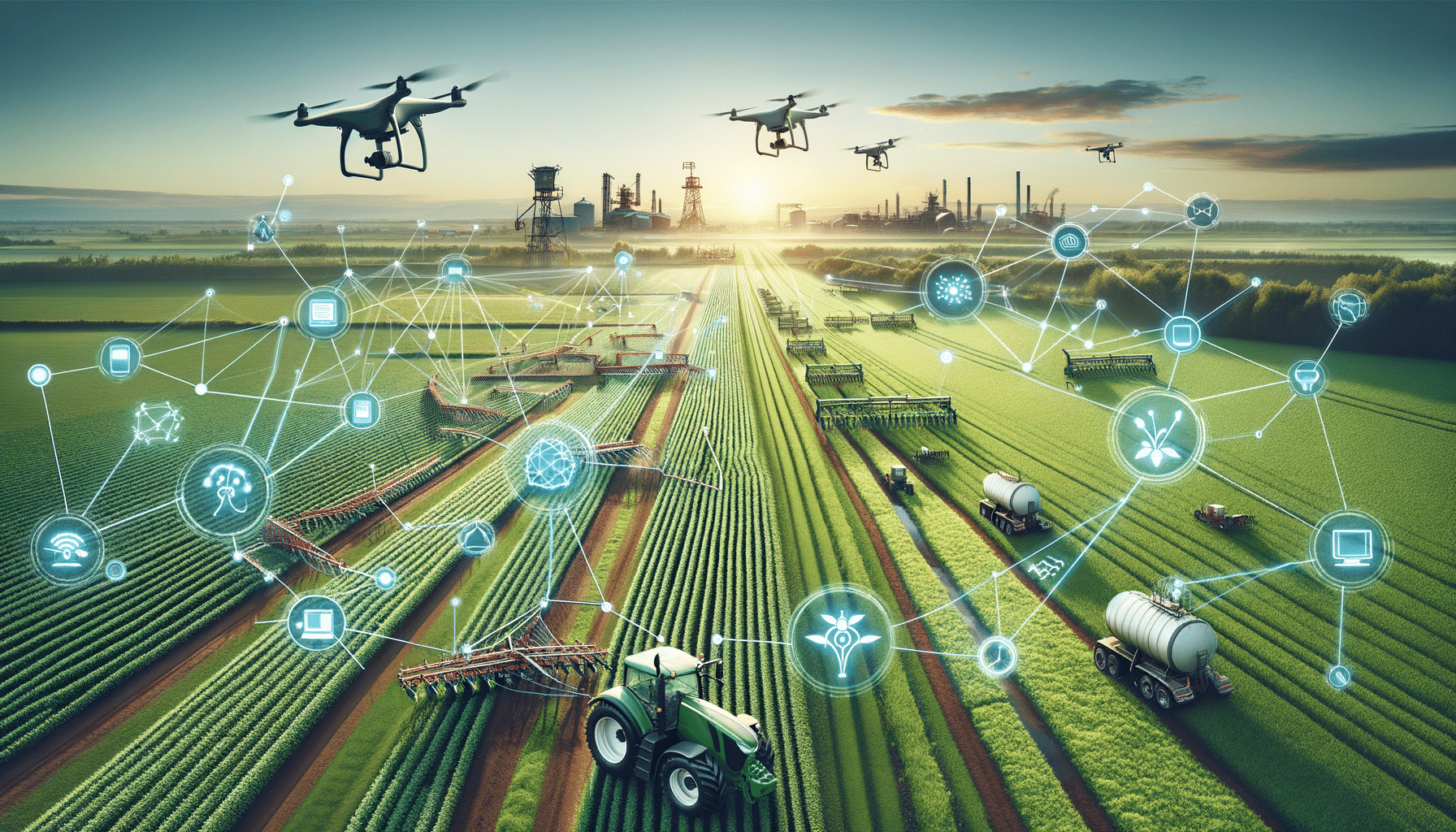
Explore Different Types of Farm Software for Management
Introduction to Farm Management Software
In the modern agricultural landscape, technology plays a crucial role in enhancing productivity and sustainability. Farm management software has emerged as a pivotal tool for farmers, offering solutions that streamline operations, improve resource management, and increase profitability. These software systems are designed to meet the diverse needs of farmers, from crop management to livestock tracking. Understanding the different types of farm software available can help farmers choose the right tools to optimize their operations and address specific challenges they face.
Crop Management Software
Crop management software is tailored to assist farmers in planning, monitoring, and analyzing their crop production. This type of software often includes features such as field mapping, weather forecasting, and pest management. By utilizing these tools, farmers can make informed decisions about planting schedules, irrigation, and fertilization. Some systems also offer data analytics capabilities, allowing farmers to track yields and identify trends over time. The integration of satellite imagery and drone technology has further enhanced the precision of crop management, enabling farmers to assess crop health and detect issues early.
Key benefits of crop management software include:
- Enhanced decision-making through data-driven insights
- Increased efficiency in resource utilization
- Improved yield prediction and planning
By leveraging crop management software, farmers can optimize their practices to achieve higher productivity and sustainability.
Livestock Management Software
Livestock management software is designed to help farmers efficiently manage their herds. This software provides tools for tracking animal health, breeding, and nutrition. Farmers can use these systems to monitor individual animals, maintain health records, and schedule veterinary visits. Additionally, livestock management software often includes features for managing feed inventory and optimizing feeding schedules, which can lead to healthier animals and improved production rates.
Some advantages of livestock management software include:
- Improved animal health monitoring and record-keeping
- Streamlined breeding management and genetic tracking
- Efficient feed and nutrition management
With these capabilities, farmers can ensure the well-being of their livestock while maximizing productivity and profitability.
Resource Optimization Software
Resource optimization software focuses on maximizing the efficient use of inputs such as water, fertilizers, and energy. These systems often incorporate precision agriculture techniques, using data from sensors and IoT devices to monitor resource usage in real time. By analyzing this data, farmers can make adjustments to reduce waste and increase efficiency. This type of software is particularly beneficial in regions facing water scarcity or high input costs, as it allows farmers to conserve resources while maintaining crop quality.
Benefits of resource optimization software include:
- Reduced input costs through efficient resource use
- Minimized environmental impact
- Enhanced sustainability of farming practices
By adopting resource optimization software, farmers can contribute to sustainable agriculture while improving their bottom line.
Conclusion: Choosing the Right Farm Software
With the myriad of farm software options available, selecting the right tools can be a daunting task. However, by understanding the specific needs of their operations, farmers can identify software solutions that align with their goals. Whether focusing on crop management, livestock tracking, or resource optimization, each type of software offers unique advantages that can enhance farm productivity and sustainability. As technology continues to evolve, embracing these digital tools will be essential for farmers looking to thrive in the competitive agricultural landscape.


